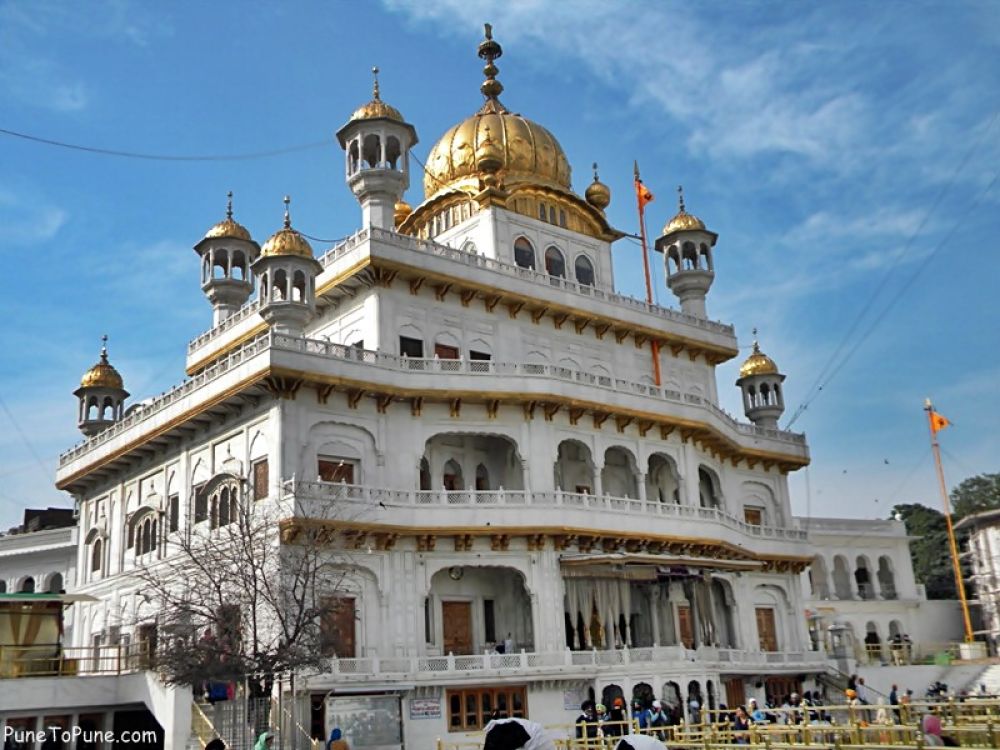

The Akal Takht, meaning "Throne of the Timeless One," is one of the most sacred sites in Sikhism, located in the city of Amritsar, Punjab, India. It stands as a symbol of political sovereignty and spiritual authority. The foundation of Akal Takht was laid by Guru Hargobind Sahib, the sixth Sikh Guru, in 1606. This historic site is part of the Golden Temple complex, which is the holiest shrine in Sikhism. The Akal Takht also serves as the seat of the supreme head of the Sikh religious authority, the Jathedar, and is a place where important decisions regarding the Sikh community are made.
Tourism at Akal Takht has evolved significantly over the years. Initially, it was a site primarily visited by Sikh pilgrims due to its religious significance. However, over time, the beauty, serenity, and historical importance of the site began to attract a diverse audience, including international tourists, history buffs, and cultural enthusiasts.
The Akal Takht and the Golden Temple complex have undergone several restorations throughout history, especially after damages sustained during conflicts such as Operation Blue Star in 1984. The restoration efforts have not only helped preserve the site but also facilitated improved facilities for tourists, thus contributing to the growth in tourism.
In recent years, Akal Takht and the city of Amritsar have seen a surge in tourism. This growth can be attributed to several factors including:
Furthermore, initiatives by the Punjab government and the SGPC (Shiromani Gurdwara Parbandhak Committee) to promote religious tourism have helped put Akal Takht in the spotlight. Every year, millions of visitors from across the globe come to pay homage, experience the peaceful ambiance, and delve into the rich history of the Sikh culture.
Tourists visiting Akal Takht can also engage in various cultural activities and participate in the langar (community kitchen) service at the Golden Temple complex. Visitors are advised to dress modestly and maintain decorum in accordance with the site's spiritual importance. Photography is allowed, but it is important to respect the rules and sentiments of the pilgrims and worshippers present.
The Akal Takht is not just a symbol of Sikhism, but a beacon of strength, resilience, and divine authority that has withstood the test of time. As tourism trends evolve, it continues to attract more diverse visitors, making it an essential part of the cultural and spiritual fabric of India. The history and ongoing growth of tourism at Akal Takht reflect the global recognition of its deep historical and religious significance.